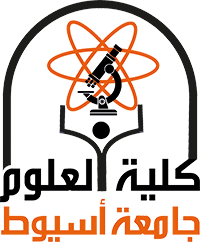Lake Qarun, the third-largest saline lake in Egypt, has been plagued with algal blooms and experienced decline in fisheries. However, the toxicity of these blooms has not explored yet. Therefore, the present study is the first to evaluate the toxicity of the most frequently recorded harmful algal blooms (HABs) in Lake Qarun. The results showed an occurrence of dinoflagellate bloom in site1 located near El-Bats drain (1.4 ×10 8 cells L −1 ) and site 2 located near El-Wadi drain (1.9 ×10 8 cells L −1 ), but not found in site 3 located away from drains. This bloom associated with high nutrient concentrations and low salinity in these sites. Both intact cells and cell lysate of bloom samples and cultured species, but not cell-free supernatants, exhibited toxicity towards Artemia salina and cytotoxicity for the gill assay, with higher toxicity incurred by lysed cells. The cytotoxicity varied signif- icantly among bloom-constituting species, with highest obtained by the most dominant species; Protoperidinium quinquecorne (LC 50 = 445 cells ml −1 for lysed cells), Prorocentrum micans (LC 50 = 757 cells ml −1 ) , Gymnodinium lantzschii (LC 50 = 1151 cells ml −1 ) and Am- phidinium carterae (LC 50 = 1289 cells ml −1 ). These LC 50 s showed greater correlation with the percentages of the polyunsaturated fatty acids (PUFA): octadecatetraenoic (OTA), eicos- apentaenoic (EPA) and docosahexaenoic (DHA) in these microalgae, indicating the role of these fatty acids in ichthyotoxicity. No detectable levels of known phycotoxins were found in bloom or cultured species. This study suggests regular monitoring and systematic as- sessment of HABs and their toxins in Lake Qarun to mitigate their occurrence and maintain fisheries and seafood safety.
ملخص البحث
تاريخ البحث
قسم البحث
مجلة البحث
Ecohydrology & Hydrobiology
المشارك في البحث
الناشر
science direct
تصنيف البحث
research article
عدد البحث
23
موقع البحث
https://www.sciencedirect.com/science/article/abs/pii/S1642359322000787?via%3Dihub
سنة البحث
2023
صفحات البحث
261–271

